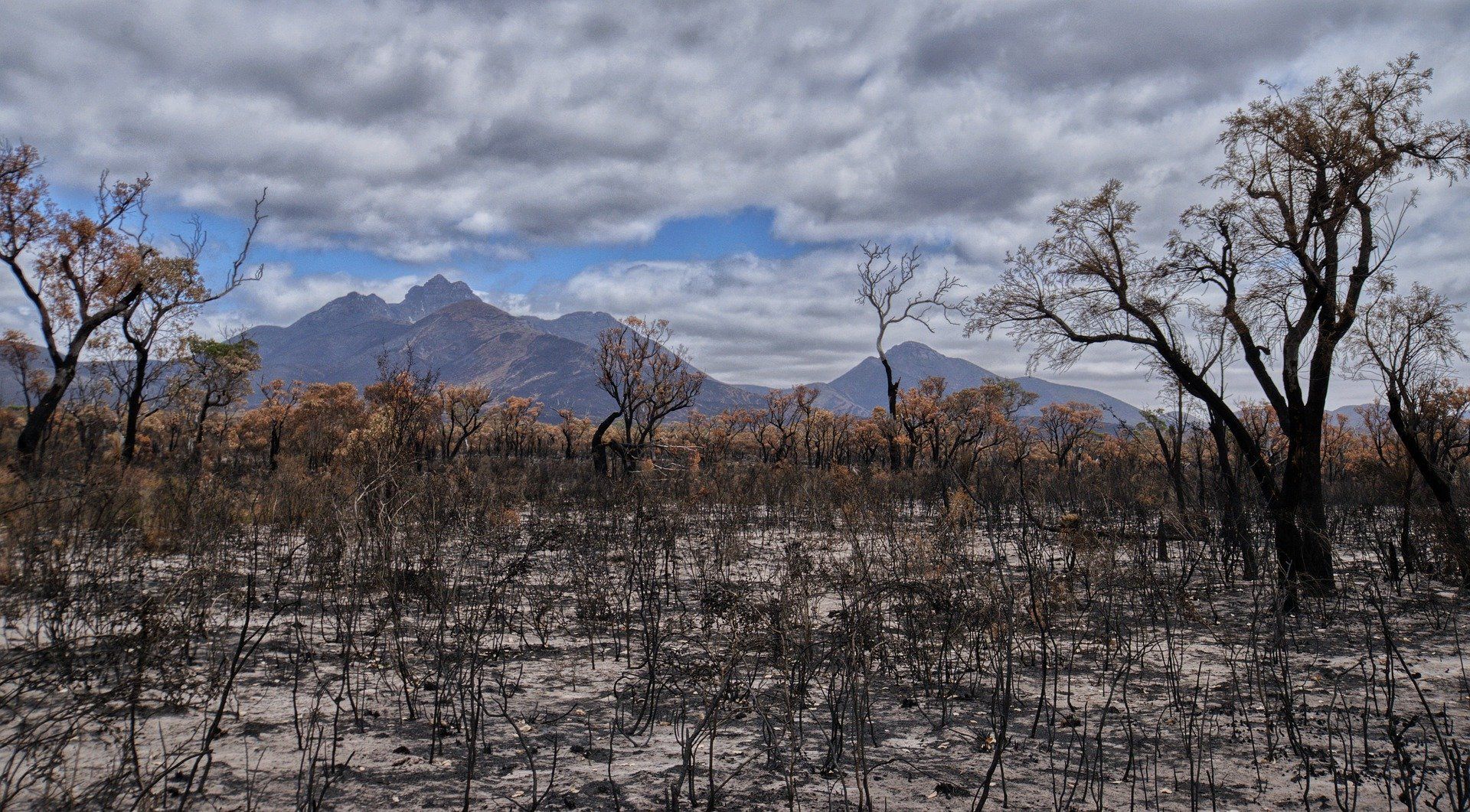1MG FlippingBooks
How to apply for bushfire relief
With multiple grants, loans, and one-off payments available to farmers, TAF wants to simplify the process for you
Australian farmers have suffered two-fold in this unprecedented fire season: the devastation of communities and livelihoods. While the fires continue to burn, money from the Federal Government’s $2bn relief fund is beginning to filter down.
The Australian Farmer is bringing together all the government funds accessible to you, in one place.
As there is a delay between the announcement of funding and its availability, we have endeavoured to put together the most complete list possible for the currently available funding. The funds are provided through the Commonwealth-State Disaster Recovery Arrangements (DFRA), in which the money is distributed by the states, through the $2bn pool of funding nationally.
The two main funds for farmers are the Special Disaster Grant (specifically for primary producers), and the Disaster Recovery Grant (for affected small businesses), though they have different names in different states.
For primary producers, the Special Disaster Grants available max out at $75,000, provided they meet the criteria.
Farmers who are fighting drought and have an off-farm income are not disadvantaged due their eligibility of the grant through the same off-farm income rules as the Farm Household Allowance.
NSW
Farmers can apply for the $75,000 Special Disaster Grant , and the $15,000 Disaster Recovery Grant (open to small businesses beyond primary production) through the Rural Assistance Authority.
For both insured and uninsured businesses, and properties, included primary producers, you can register for the clean-up process from Service NSW , through this form.
South Australia
Farmers apply through Primary Industries and Regions SA (PIRSA), via this form , which is then emailed to PIRSA.GrantsEnquiries@sa.gov.au or sent in via post to Bushfire Recovery Grants, PIRSA – Rural Solutions SA, GPO Box 1671, Adelaide SA 5001.
There is also a State Emergency Relief Fund (SERF), created through donations, managed by an independent committee. SERF has raised $4.5m already, with money now filtering down to communities. You can apply for relief funds here.
There are also Re-establishment Grants up to $10,000 for bushfire residents, provided they are uninsured and are owner-occupiers
Queensland
Farmers can apply through the Queensland Rural and Industry Development Authority for the Special Disaster Recovery Grant, though the payment is currently limited at $5,000 initially, then rising to an maximum of $25,000, and only covers the Eastern Queensland bushfires, from November 8 – December 19.
For both Eastern and Southern Queensland, there are also low-interest loans of up to $250,000 available , with two-year interest free terms, and an initial annual interest rate of 0.82%.
The money is provided through the Queensland Rural and Industry Development Authority for primary producers affected by both the Eastern Queensland, and the Southern Queensland Bushfires, covering September 6-12, with applicants needing to fill out this form.
Victoria
Farmers can apply for recovery grants through Rural Finance , a division by Bendigo Bank, that was previously owned by the State Government.
There are two grants available, the Clean Up and Restoration Grant (which mirrors the Special Disaster Grant, maxing out at $75,000), and a Transport Support Grant (which mirrors the Disaster Recovery Grant, maxing out at $15,000).
The Transport Support Grant covers “Transporting of emergency fodder for stock to fire-affected properties, transporting of stock to agistment (including returning stock), sale or slaughter, and transporting of stock drinking water.”
The program will cover up to 50 per cent of total costs, to a maximum of $15,000 (excluding GST) per farm business.
While applications are now open, it is unclear when the money will be available and distributed. The Australian Farmer spoke to Rural Finance, who were unable to confirm the amount of applications received, or timeline for delivery.
Funds available to individuals and communities:
Personal Assistance
Across Victoria , NSW , Queensland , South Australia , and Tasmania , the Government is offering income assistance to those affected by the bushfires, through Services Australia.
The funds are available for people who have seen their income affected as a result of the fires, but is strongly means-tested. For those 22 years and older, single people with no children can earn no more than $1,067.67 per fortnight, rising to $1,136.83 for single carers with a child, $1,615.75 for principle carers with a child, and $970.17 (each) for couples. There are some minor differences between states.
Queensland:
There are Personal Hardship Recovery Grants available to communities in Queensland, covering household contents, home repairs, and essential services being reconnected. For all three grants, applicants must be uninsured or unable to claim insurance, with a maximum annual income of $51,000 for single adults, $71,110 for single parents with a child, and $81,111 for a couple with one child. For each additional child, you can add $317p/w to the income figures, and dependent adults can add $378p/w.
The Essential household contents grant maxes out at $1,795 for single adults and $5,300 for couples/families.
The Structural Assistance Grant is a one-off payment as a contribution towards repairs to your home to make it secure and safe, with grants of up to $10,995 for single adults and up to $14,685 for couples/families are available.
The Essential Services and Safety Grant allows for $200 to pay for a safety inspection for essential services (electricity, gas, water, sewerage or septic system), and $4,200 for repair to enable them to be reconnected. You must be the owner or mortgagee to qualify.
You may apply through this online portal , or through the Community Recovery Hotline on 1800 173 349 .

















